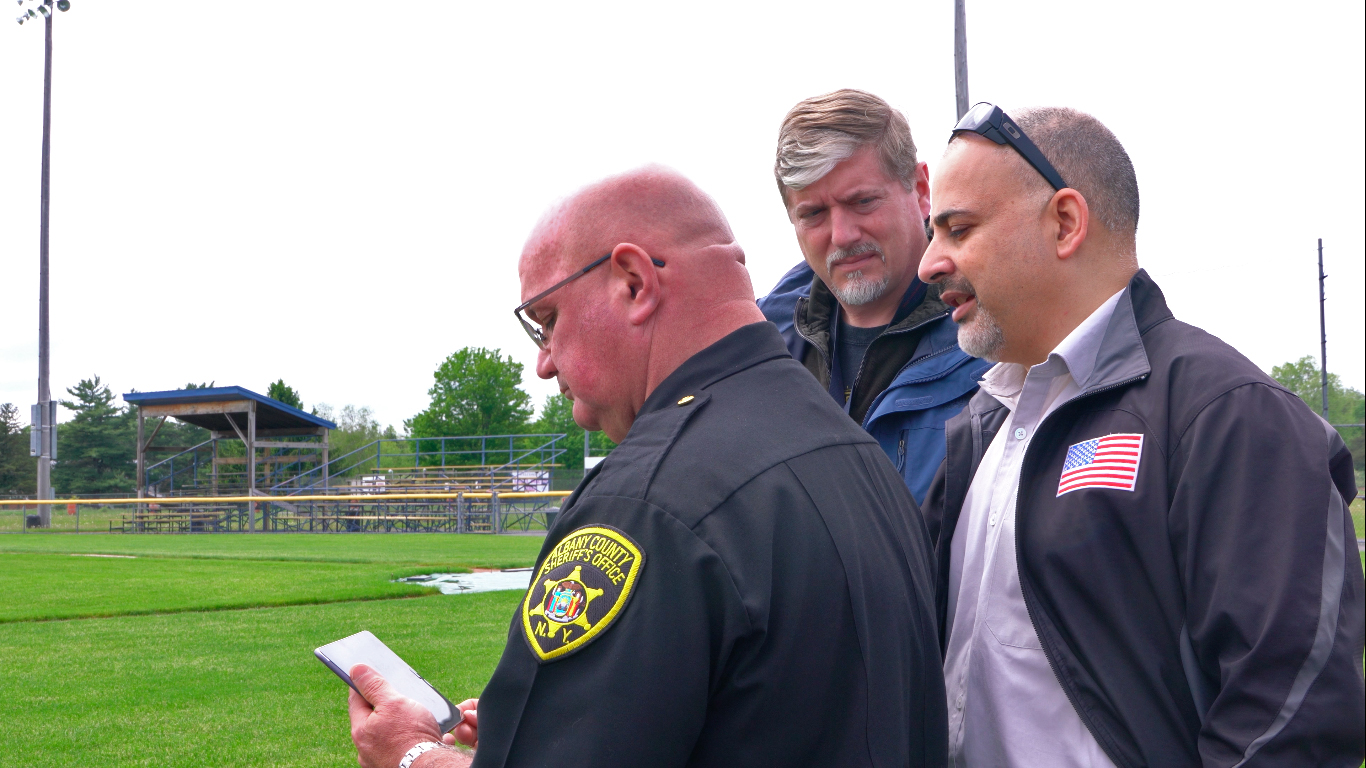Top 5 Things You Need to Know about the FAA Drone Remote ID Rule
As we wrap up 2020 and look forward to 2021, here are our takeaways from the FAA Drone Remote ID rule.
- Remote ID. You can either read the 3-page Executive Summary or the 470-page Bill. The big news is Network-based / Internet transmission requirements have been eliminated. The final rule contains Broadcast-only requirements. We know what we are talking about – read our blog.
- OOP. The FAA also published 292 pages of wisdom on Operations of Small UAS Over People (OOP). The rule eliminates the need to receive individual Part 107 waivers from such operations but does require the drone to be designed to not inflict bodily harm if it accidentally strikes a person. It too has an Executive Summary.
- Nighttime. The OOP rule also contains Operating Rules for Nighttime Operations. Drones need to be equipped with anti-collision lights visible up to three miles. They also note that, importantly, the lights must be operational.
- Moving Vehicles. And just when you think there was nothing else…we get the Operations Over Moving Vehicles. Same document as OOP.
- Remote Pilot Tests. Part 107 Remote Pilots will need to study for night ops, as the final rule updates the initial Remote Pilot knowledge test to include night subject areas. See the OOP Bill.
There you have it, the 5 key takeaways on the new FAA rulings. But we encourage you to read the summaries, as they make for good virtual meeting convo’s while waiting for that person that’s always late to join.







